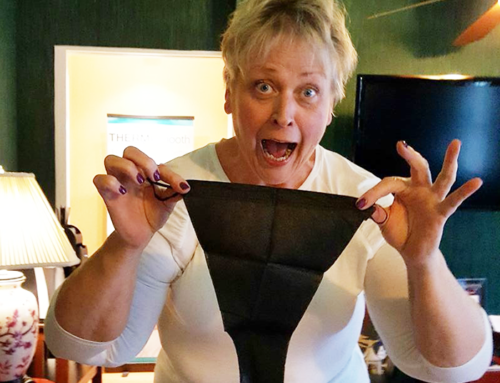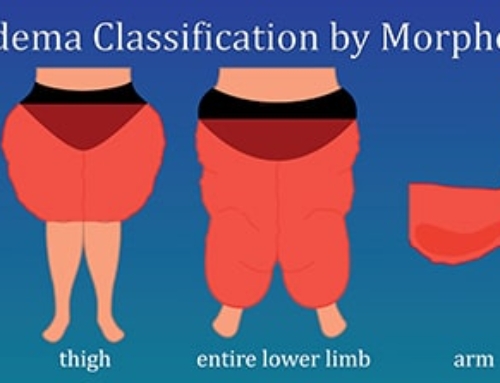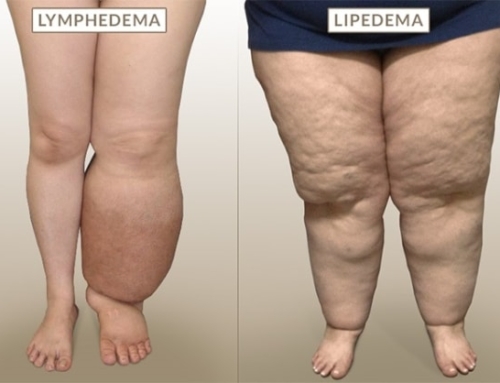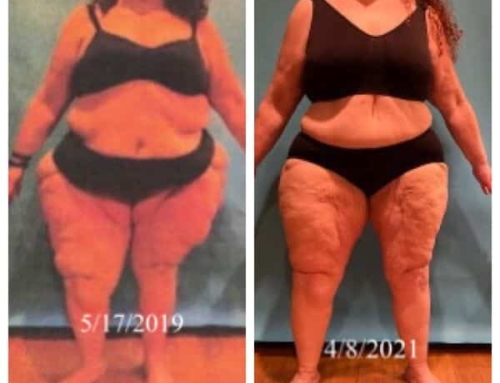Disproportionate Fat Accumulation
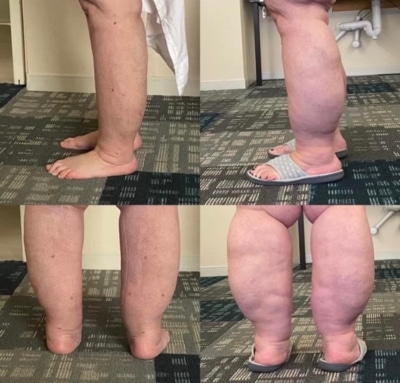
Symmetrical Fat Deposits
Lipedema in the lower legs typically affects both legs symmetrically. This means that if there is excess fat in one leg, the other leg is likely to have a similar degree of fat accumulation. This symmetrical distribution can be helpful in distinguishing lipedema from other conditions where fat accumulation may be asymmetrical.
Pain and Tenderness
Lipedema affects the lower legs, often causing pain and tenderness. This pain is often described as a deep, aching sensation and can be exacerbated by pressure or touch. It may also be associated with feelings of heaviness or discomfort in the legs. This pain can significantly impact the quality of life of individuals with lipedema.
Easy Bruising and Sensitivity
The lower legs affected by lipedema are prone to easy bruising and sensitivity. Even minor trauma or pressure can result in bruising that takes longer to heal compared to non-affected areas. The skin may also feel sensitive, with increased sensitivity to touch.
Presence of Stemmer’s Sign
Stemmer’s sign is a clinical sign that is used to assess for the presence of lipedema. This sign is characterized by the inability to pinch the skin on the dorsal surface of the toes or fingers. If Stemmer’s sign is positive, it suggests the presence of lipedema.
Negative Pitting Edema
While lipedema can cause swelling in the lower legs, it is important to note that this swelling is not the same as pitting edema. Pitting edema occurs when pressure is applied to the swollen area and leaves an indentation or “pit” that persists after the pressure is released. In lipedema, the swelling is usually non-pitting, meaning it does not leave a pit after pressure is applied.
Do You Experience These Feelings?
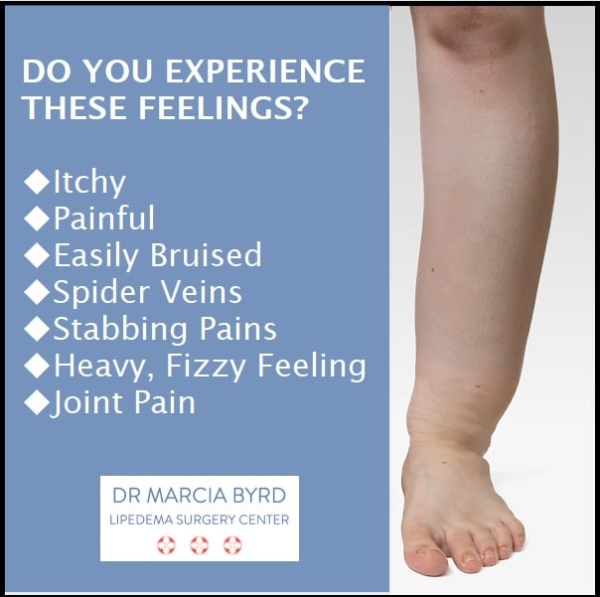
Comprehensive Treatment for Managing Lipedema In the Lower Legs
Liposuction is the main surgical interventions for lipedema. Dr. Marcia Byrd uses her customized method using tumescent (TA) liposuction combined with Water-Jet Assisted Liposuction (WAL), a lymph-sparing liposuction performed under local tumescent anesthesia. Research reveals lymph-sparing liposuction yields good long-term results in reduction of Lipedema pain and halting disease progression.
After lipedema surgery, there are additional strategies and interventions that aim to alleviate symptoms, slow down progression, and improve overall quality of life for individuals with lipedema.


